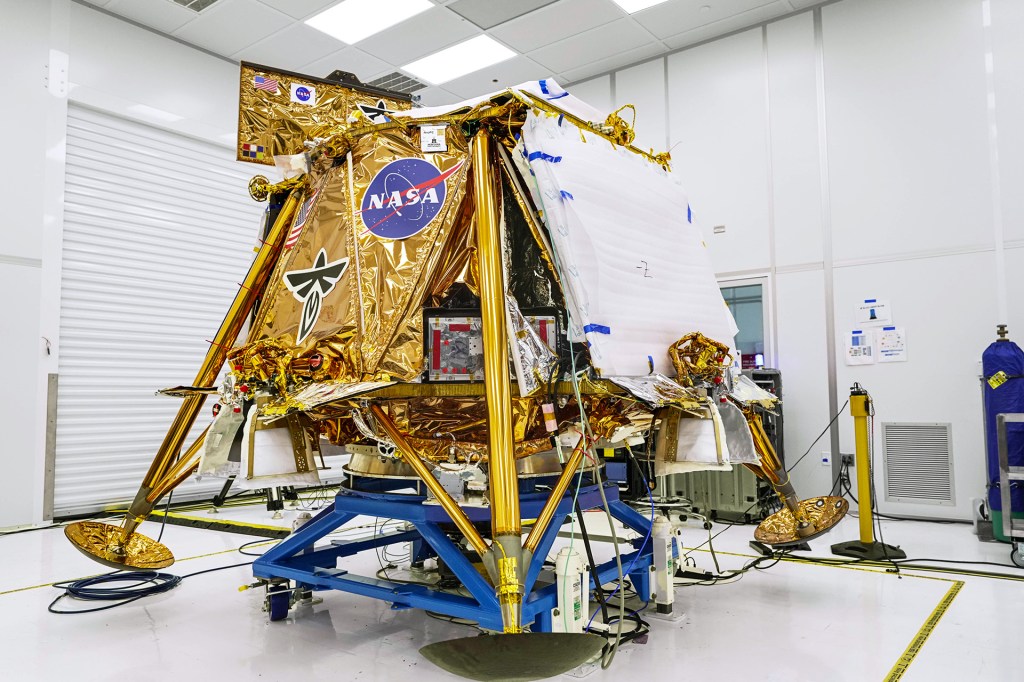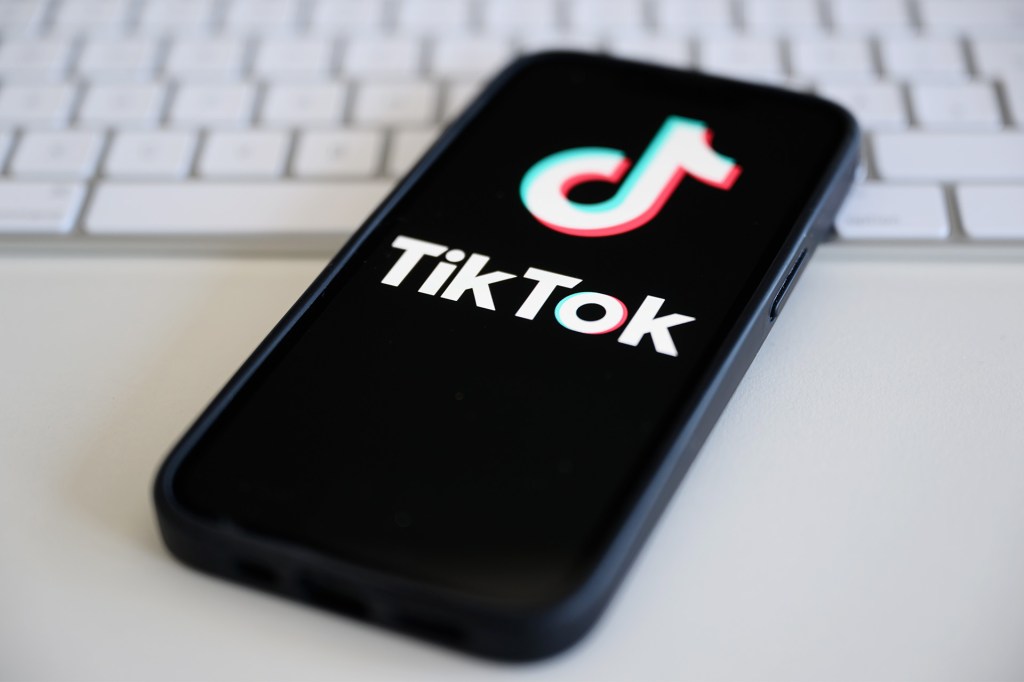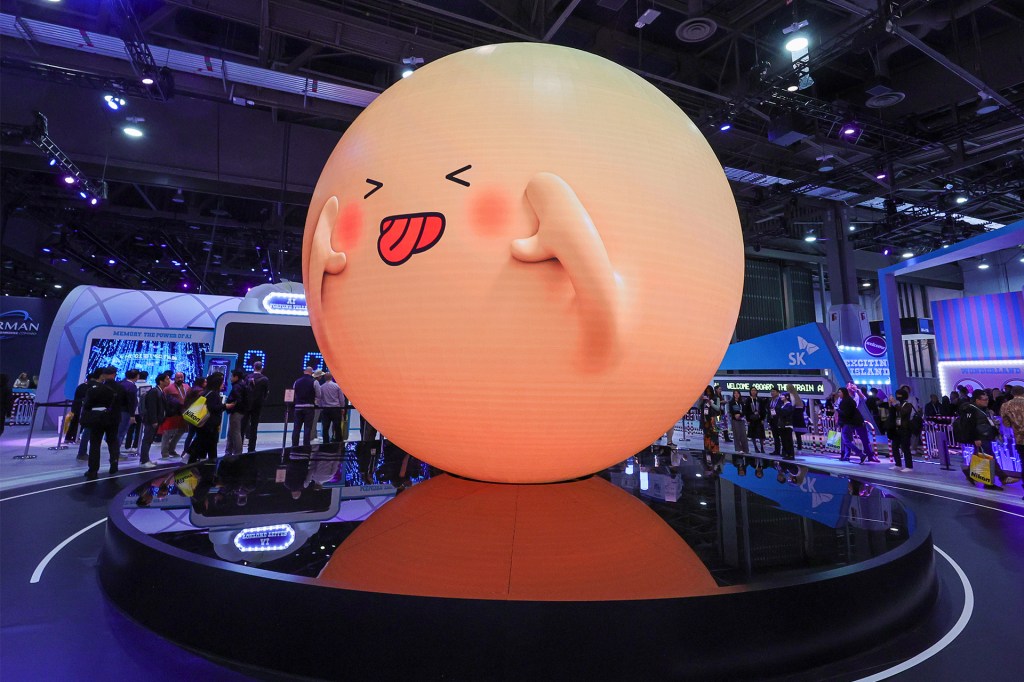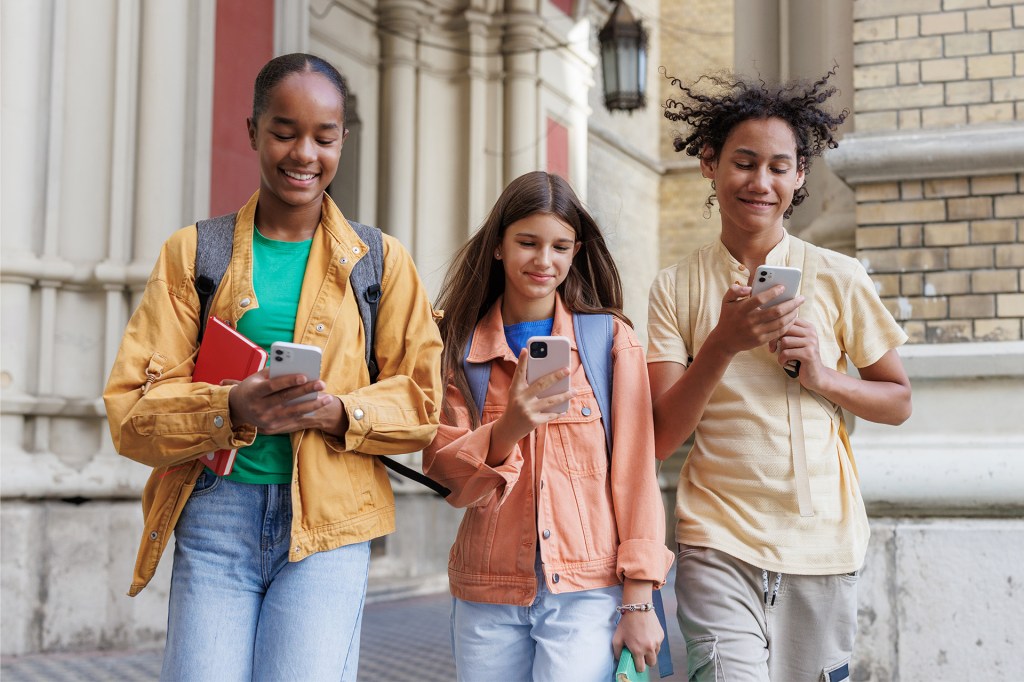Virtual Learning

Imagine flying through space, diving deep under the sea, and traveling the world—without ever stepping foot outside your classroom. With virtual reality
virtual reality
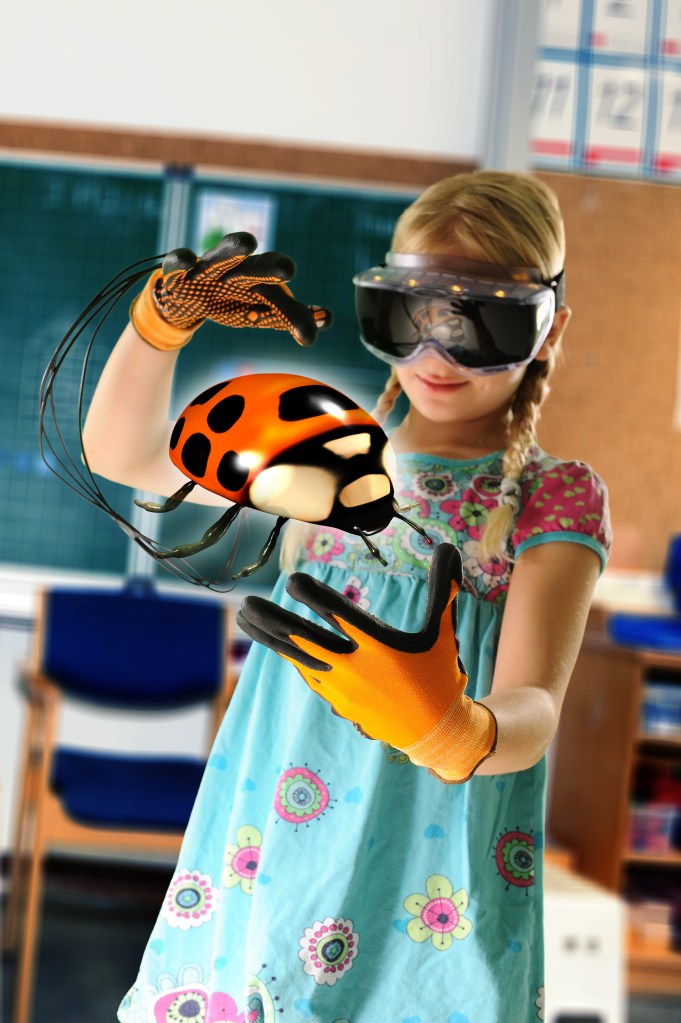 KAPE SCHMIDT—GETTY IMAGES
an artificial, or fake, environment that is experienced through sights and sounds provided by a computer
(noun)
Elaine used virtual reality to learn about insects.
(VR), these experiences are possible.
KAPE SCHMIDT—GETTY IMAGES
an artificial, or fake, environment that is experienced through sights and sounds provided by a computer
(noun)
Elaine used virtual reality to learn about insects.
(VR), these experiences are possible.
Google is one of the companies creating VR experiences for students. It launched Google Expeditions in 2015. Now it offers more than 600 virtual field trips. Ben Schrom works at Google Expeditions. “Teachers’ faces light up because we’ve sort of given them a superpower,” Schrom told TFK. “[They have] the ability to transport their class somewhere else.”

TRAVEL Students take a virtual field trip using Google Cardboard.
ROBIN ZIELINSKI—THE LAS CRUCES SUN-NEWS/APSeeing Is Believing
In VR, a user wears a headset connected to a computer or mobile device to explore a 3D setting. The user can move around in the space. Sights and sounds seem real. Some say the VR experience feels like jumping into a video game.
Katelyn Flanagan, 12, used VR to jump to the surface of the moon. She goes to school in Morris Plains, New Jersey. Katelyn tried a Google Expedition set in space. She visited Jupiter and Mars. “It was so cool and so lifelike,” she says.
Monica Crudele is a third-grade teacher at the same school. Her students loved the experience. “I think they enjoyed it so much because it’s different from watching a video,” she says. “It broadens what I can teach them.”

STEM Students use VR in a school in Beijing, China.
VCG/Getty ImagesChris Chin works for a VR company called HTC Vive. He says VR can also be used to teach real-world tasks. “I’ve seen some really interesting things with training,” Chin told TFK. “People can learn how to fight fires or to become a doctor.” When it comes to medical training, a VR experience is a safer way to learn to treat patients.
Virtual Hurdles
Research suggests virtual reality could reach 15 million students by 2025. TFK conducted its own survey about VR in schools. We talked to 203 school administrators. Nearly seven in 10 of those surveyed have a positive view of VR in the classroom. Of those who do not have VR in their school or district, almost half say they are very interested in using it in the future. Science, social studies, technology, and computer science are the subject areas of most interest.
Yet not everyone is excited about VR. Some people are concerned about the toll
toll
 GETTY IMAGES
a cost in money, health, or life
(noun)
Years of running took a toll on Martha’s knees.
it takes on kids’ eyesight. Doctors are studying it. “We’re looking for evidence that we should be concerned, and we haven’t found any,” Dr. Martin Banks says. He is a professor of vision science at the University of California, Berkeley. However, Banks has found proof of discomfort. “It can lead to headaches and nausea in a small number of people,” he says.
GETTY IMAGES
a cost in money, health, or life
(noun)
Years of running took a toll on Martha’s knees.
it takes on kids’ eyesight. Doctors are studying it. “We’re looking for evidence that we should be concerned, and we haven’t found any,” Dr. Martin Banks says. He is a professor of vision science at the University of California, Berkeley. However, Banks has found proof of discomfort. “It can lead to headaches and nausea in a small number of people,” he says.
Banks and other doctors say it’s too soon to know what the long-term health effects of VR will be. For now, companies are being cautious. Google’s VR viewer, Google Cardboard, is not recommended for students under age 7. It doesn’t have head straps because it is meant for only short viewing times. Samsung and Oculus recommend their headsets for kids 13 and older.

NATURE A girl uses a headset to see a tree in 3D.
DAVE BRINDA FOR HTCAlso, VR can be pricey. The best headsets cost more than $500. Google Cardboard is more affordable. The viewers cost less than $15 each but must be used with a smartphone. Classrooms would need a smartphone for every student, or kids would need to share.
Students like Katelyn hope schools can overcome these hurdles
hurdle
 GETTY IMAGES
an obstacle; something that stands in the way of progress or achievement
(noun)
The test was the final hurdle Joe had to clear in order to get the job.
and bring VR to the classroom. “I would like to go places I’ve never been,” she says. “You don’t have to tell students about things anymore—you can show them.”
GETTY IMAGES
an obstacle; something that stands in the way of progress or achievement
(noun)
The test was the final hurdle Joe had to clear in order to get the job.
and bring VR to the classroom. “I would like to go places I’ve never been,” she says. “You don’t have to tell students about things anymore—you can show them.”

CONAN BLISS/MADISON MOUNTAINEERING /COURTESY ENDEMOL SHINE BEYOND USA
Mountain climber Jeff Glasbrenner scales Mount Everest.The Sky's The Limit
Time Inc., the parent company of TIME for Kids, recently aimed its VR goals for the sky. In May, Sports Illustrated, LIFE VR, and Endemol Shine Beyond USA launched Capturing Everest. It is the first full-length virtual-reality documentary to feature the climb up Mount Everest. The series follows three mountain climbers to the top of the world’s tallest mountain. The climbers wore 360-degree cameras to film the two-month adventure. One climber, Jeff Glasbrenner (left), was the first American amputee
amputee
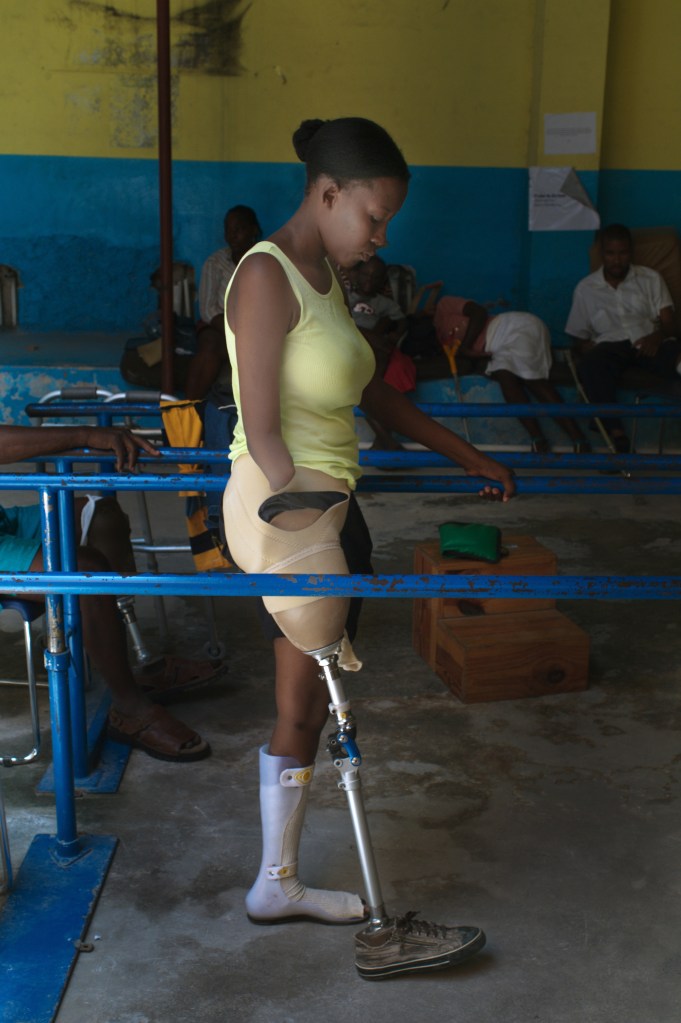 MAGGIE STEBER—THE WASHINGTON POST/GETTY IMAGES
a person who has had an arm or a leg amputated, or removed
(noun)
The amputee learned to walk on her new leg.
to scale
scale
MAGGIE STEBER—THE WASHINGTON POST/GETTY IMAGES
a person who has had an arm or a leg amputated, or removed
(noun)
The amputee learned to walk on her new leg.
to scale
scale
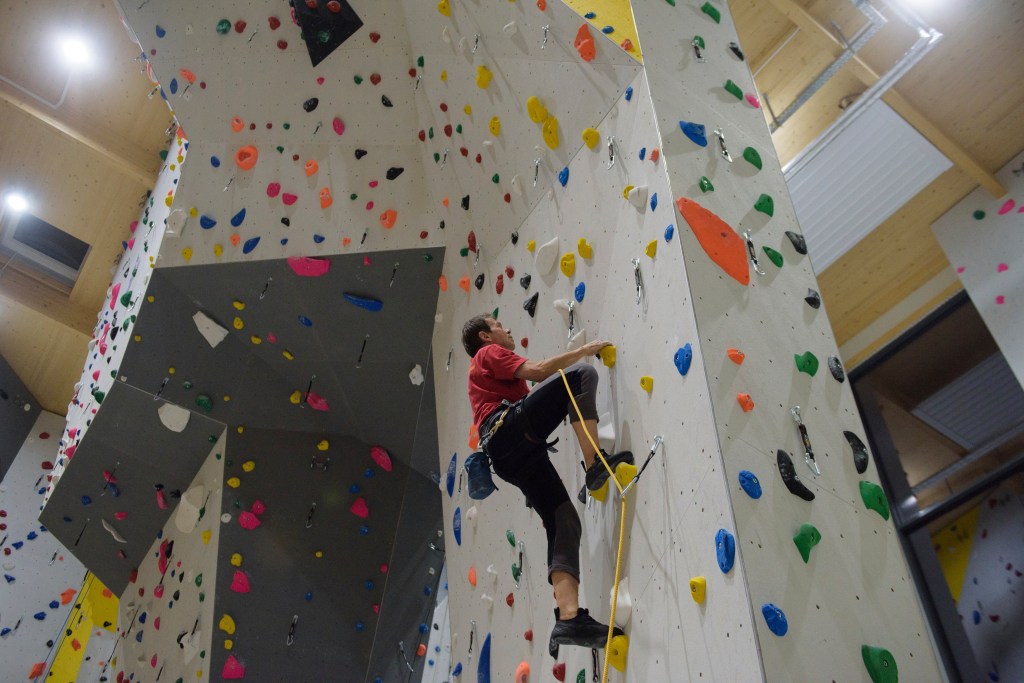 ARIFOTO UG/PICTURE-ALLIANCE/DPA/AP
to climb
(verb)
The athlete scaled the climbing wall.
Everest. “I visualized myself on the summit, but to be standing there was surreal
surreal
ARIFOTO UG/PICTURE-ALLIANCE/DPA/AP
to climb
(verb)
The athlete scaled the climbing wall.
Everest. “I visualized myself on the summit, but to be standing there was surreal
surreal
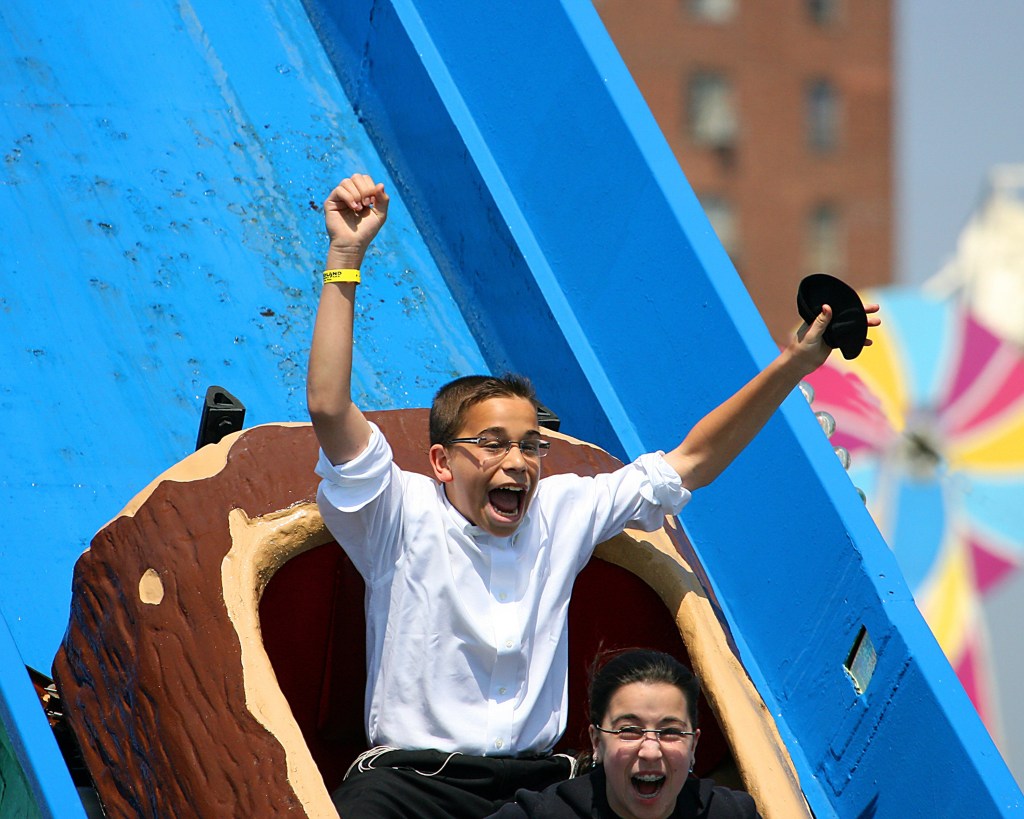 ROBERT SABO—NY DAILY NEWS ARCHIVE/GETTY IMAGES
marked by a dreamlike quality; unbelievable
(adjective)
Being at the theme park felt surreal to Dan because for years he had dreamed of visiting it.
,” Glasbrenner told TIME.
ROBERT SABO—NY DAILY NEWS ARCHIVE/GETTY IMAGES
marked by a dreamlike quality; unbelievable
(adjective)
Being at the theme park felt surreal to Dan because for years he had dreamed of visiting it.
,” Glasbrenner told TIME.
Assessment: Click here for a printable quiz. Teacher subscribers can find the answer key in this week's Teacher's Guide.





